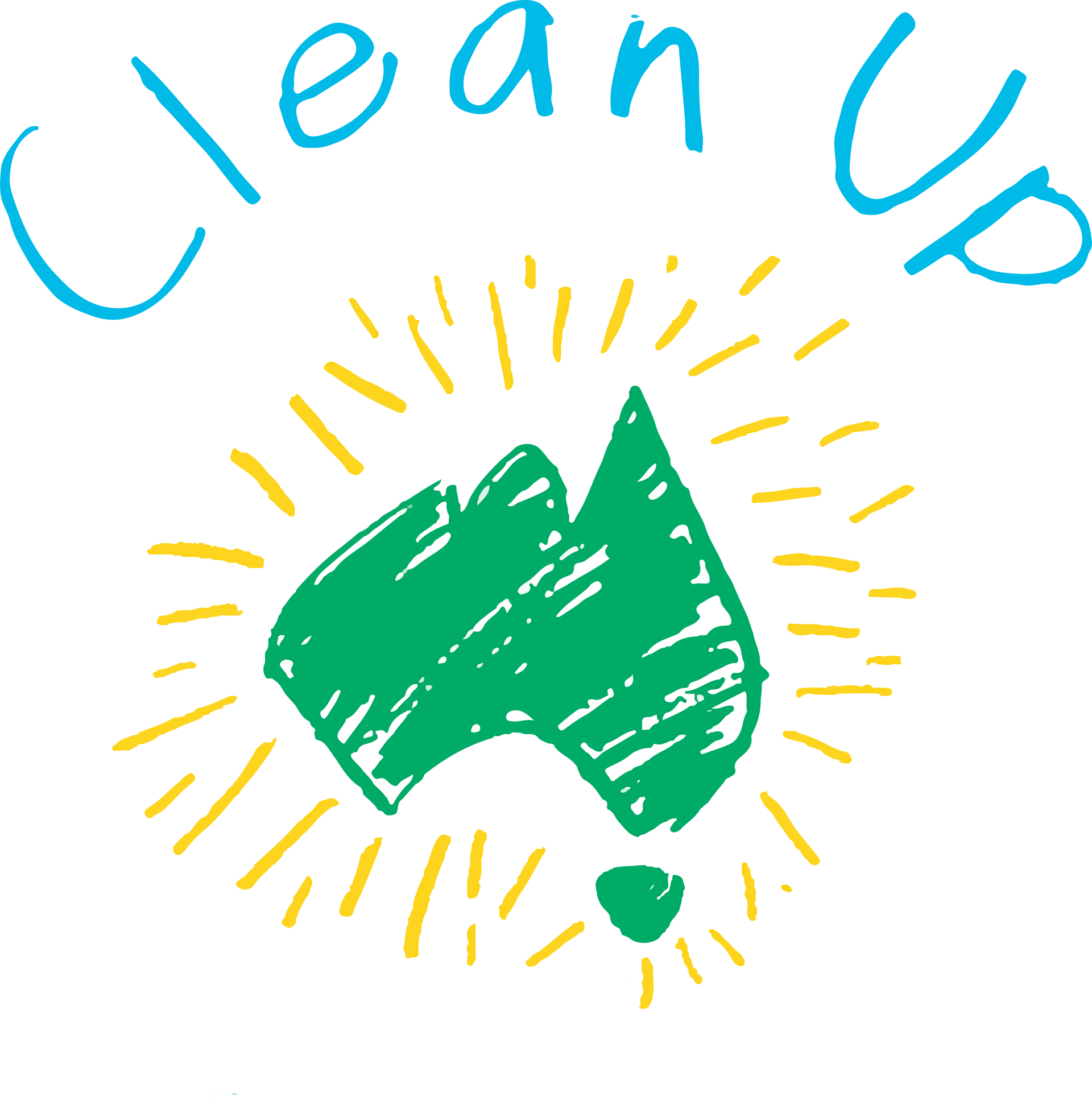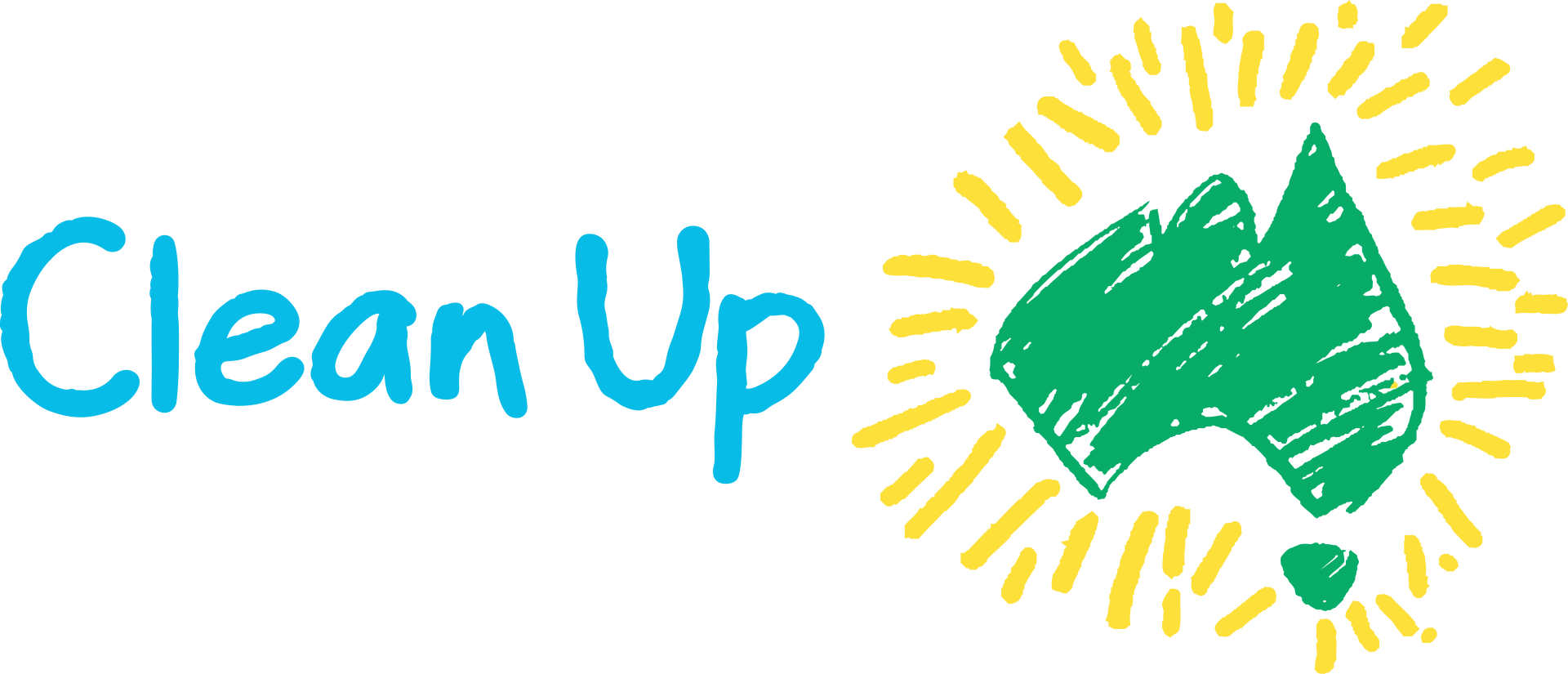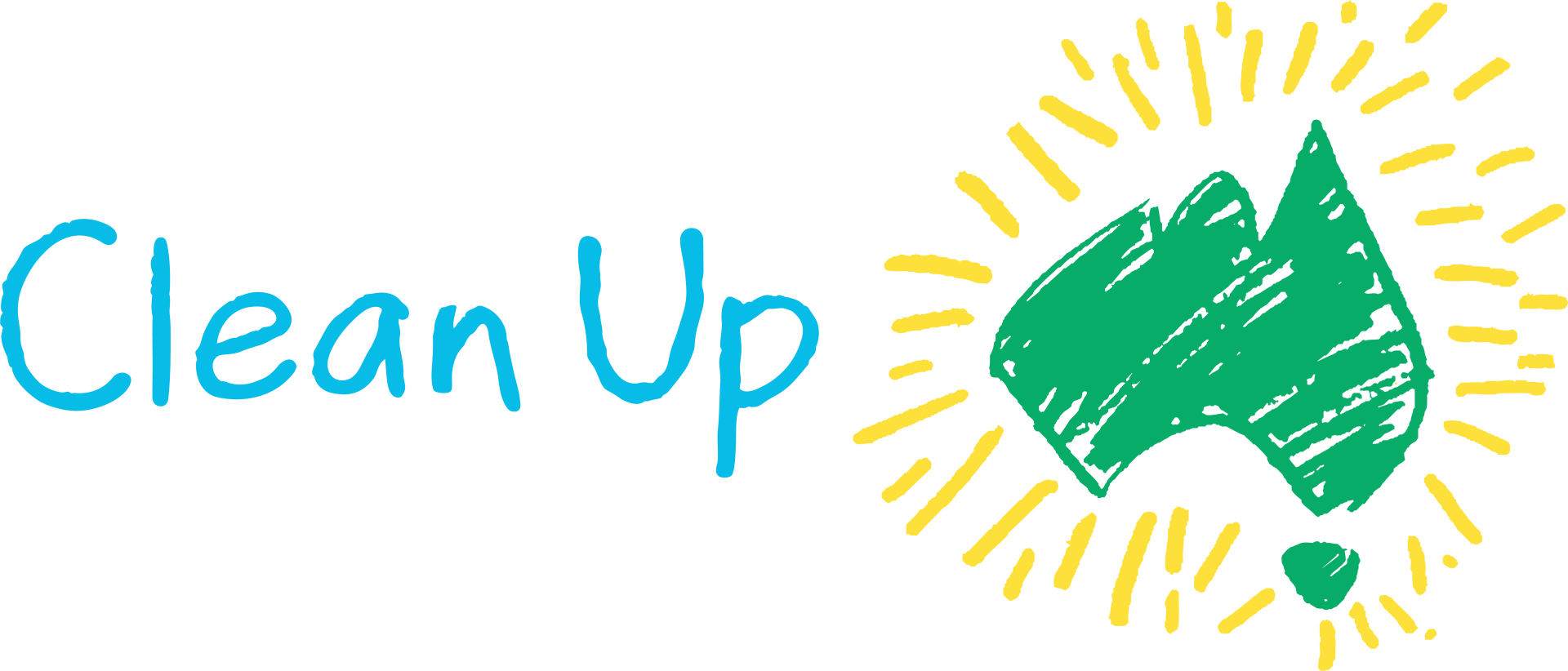What went wrong with soft plastics recycling?
Here’s a newsflash: REDcycle did not recycle a single piece of soft plastic.

Is that a shock? It shouldn’t be. That’s because REDcycle didn’t actually do the soft plastics recycling; they did the soft plastics collecting. REDcycle picked it up from Coles and Woolworths but then sent it on, to recycling companies (or as it has been revealed, storage facilities).
Many Australians were surprised and disappointed when the REDcycle program was suspended, after it was revealed soft plastics had been stockpiled for months in warehouses and not recycled. REDcycle’s explanation was that this was necessary after one recycling company suffered a drop in demand for recycled goods after the pandemic, while a fire had damaged another factory.
But the real reason REDcycle collapsed is because there has never been a way of recycling this material (which is called post-consumer soft plastic packaging or PCSPP) in Australia at scale.
The idea behind recycling is simple. By reprocessing items into new products, we can conserve natural resources and reduce pollution. Unfortunately, the recycling process is much more complex and entwined in the economic system. Recycling is a commodities market and the quality of the plastic is important.
PCSPP is one of the most difficult materials to recycle because it is frequently contaminated and often made from different types of plastics that are not easily processed. One of the biggest problems with soft plastics recycling is the massive diversity of plastics that get included — foils, bags, sachets, numerous varieties of flexible plastic, and different additives that further alter plastic properties. Did you know compostable soft plastics and cling wrap couldn't be included? Many people in the recycling industry view PCSPP as a contaminant, and don’t attempt to recycle it. After all, there are huge amounts of more profitable forms of plastic that are easier to manage and equally as important to recycle.
So, before we recommence collecting soft plastics, Australia needs scalable and cost-effective solutions to actually recycle PCSPP. We need somewhere to send the PCSSP! Instead of demanding the return of REDcycle, shouldn’t we be demanding investment in recycling solutions? And mandatory reporting of the amounts and types of plastics recycling companies actually recycle? Imagine if we had legislation which required brands to use recycled content and for industry to be responsible for the packaging across the lifetime of that item, just like we do in container deposit schemes?
If nothing else, the REDcycle collapse has highlighted the complexity of recycling. And it has been a wake up for us all to reduce the unnecessary consumption of all types of plastic.
So what can we do now?
We must make conscious choices and look at how we can cut down on any unnecessary plastics by thinking carefully about our purchases and the volume of plastic waste that we’re producing.
According to research by the Minderoo Foundation, Australians generate more single-use plastic waste per capita than any other country in the world – about 60 kilograms a year. According to government’s National Plastics Plan, the nation goes through 70 billion pieces of soft plastics each and every year – that's almost 3000 pieces per person.
As consumers we can exert a lot of influence by our purchasing decisions.
Recycling must become "the last line of thinking" in tackling plastic waste; it can’t be considered a magic bullet solution. The primary thought process should be: how can I avoid this in the first place. We need to get in the habit of expanding how we refuse, reduce and reuse, before we consider recycling:

By Nicki Martin
Search for other blog topics:


